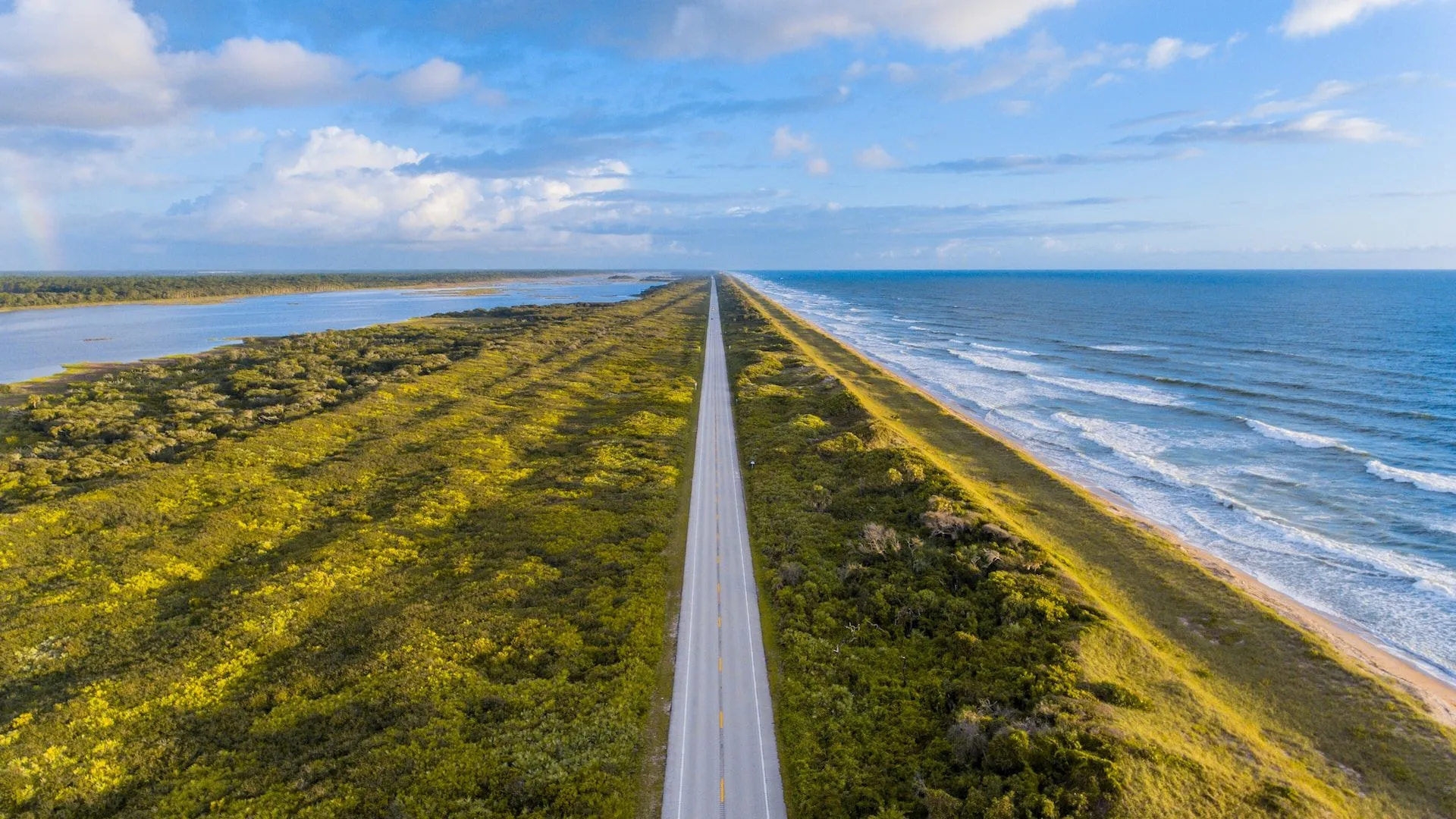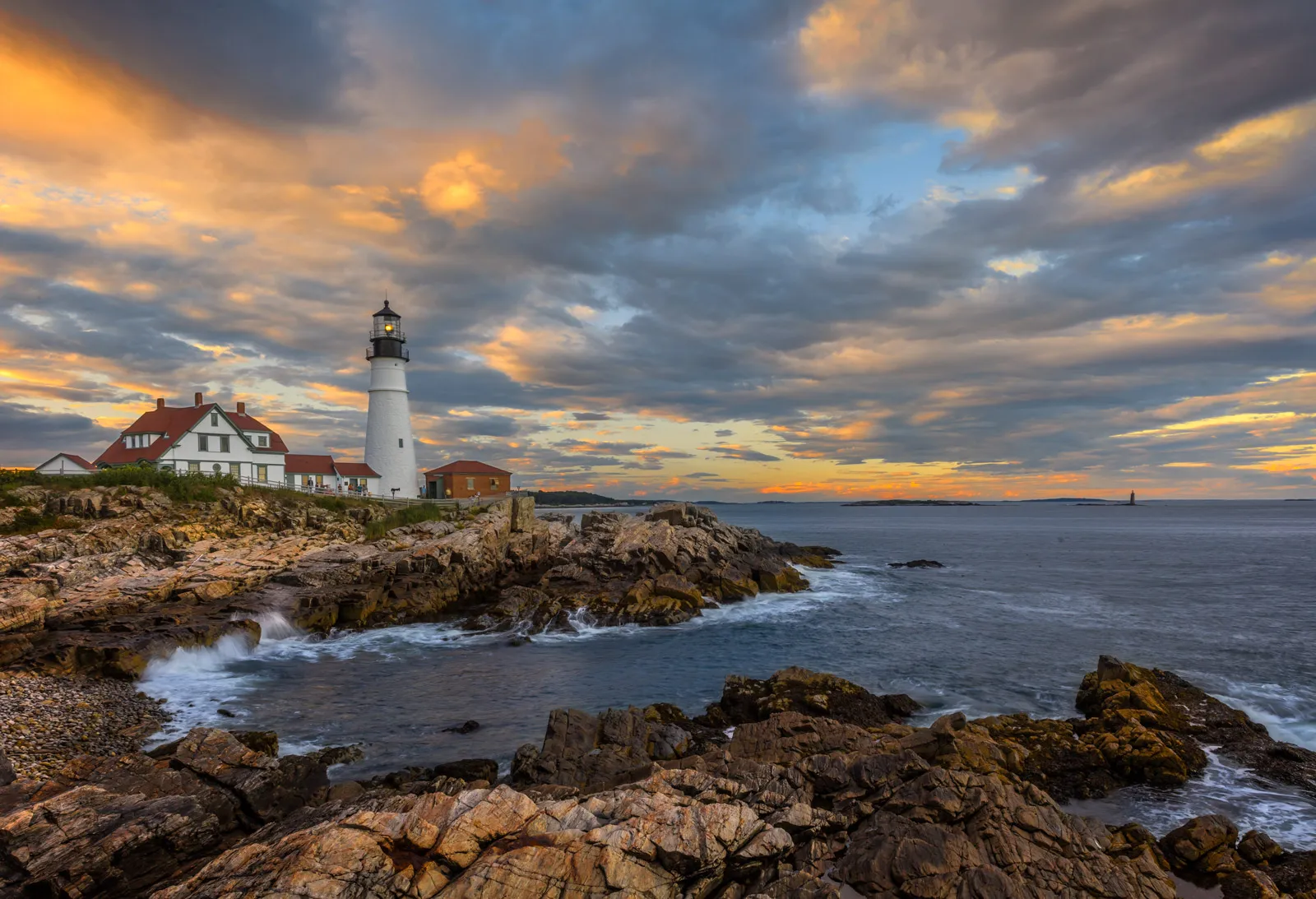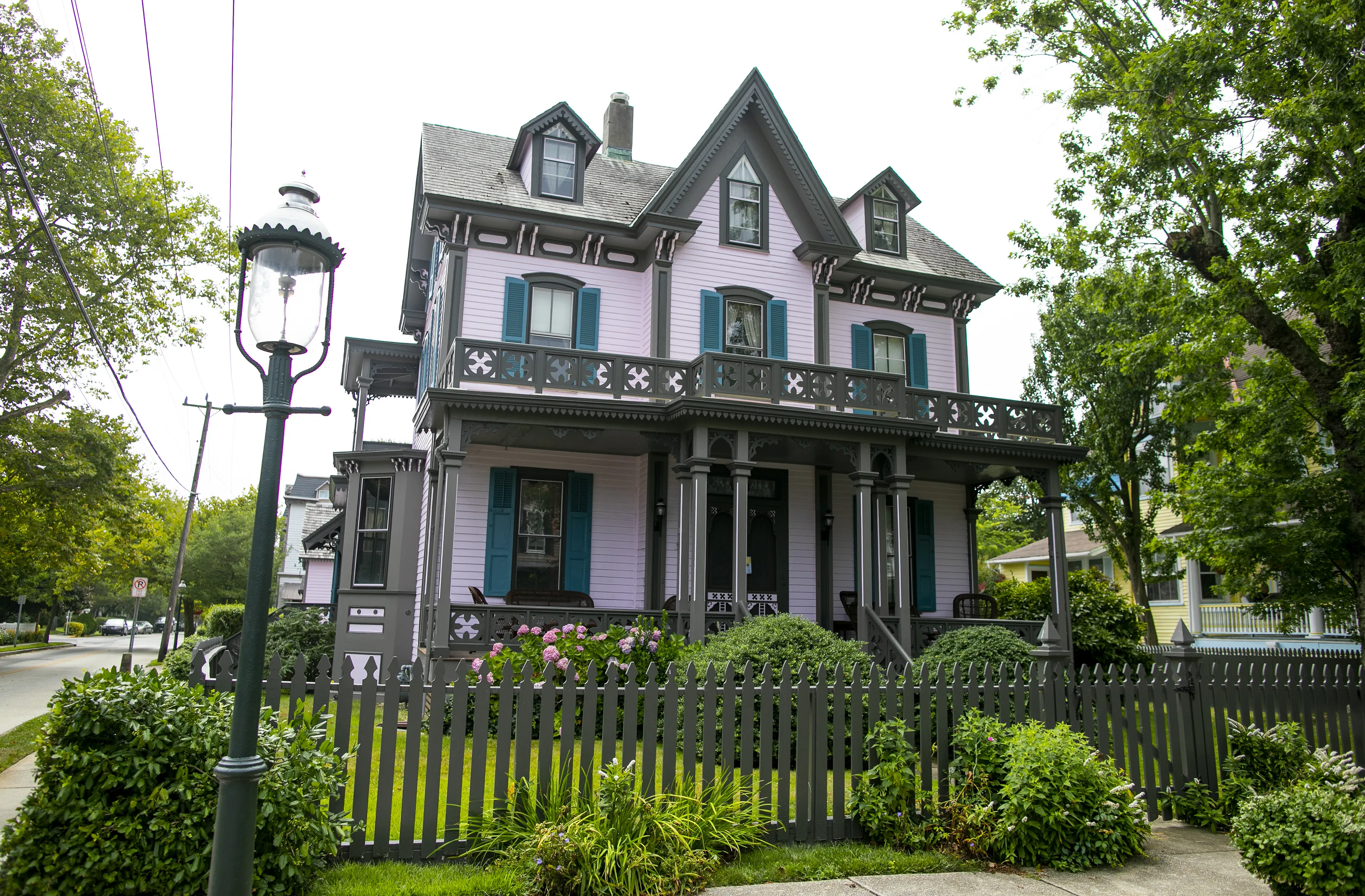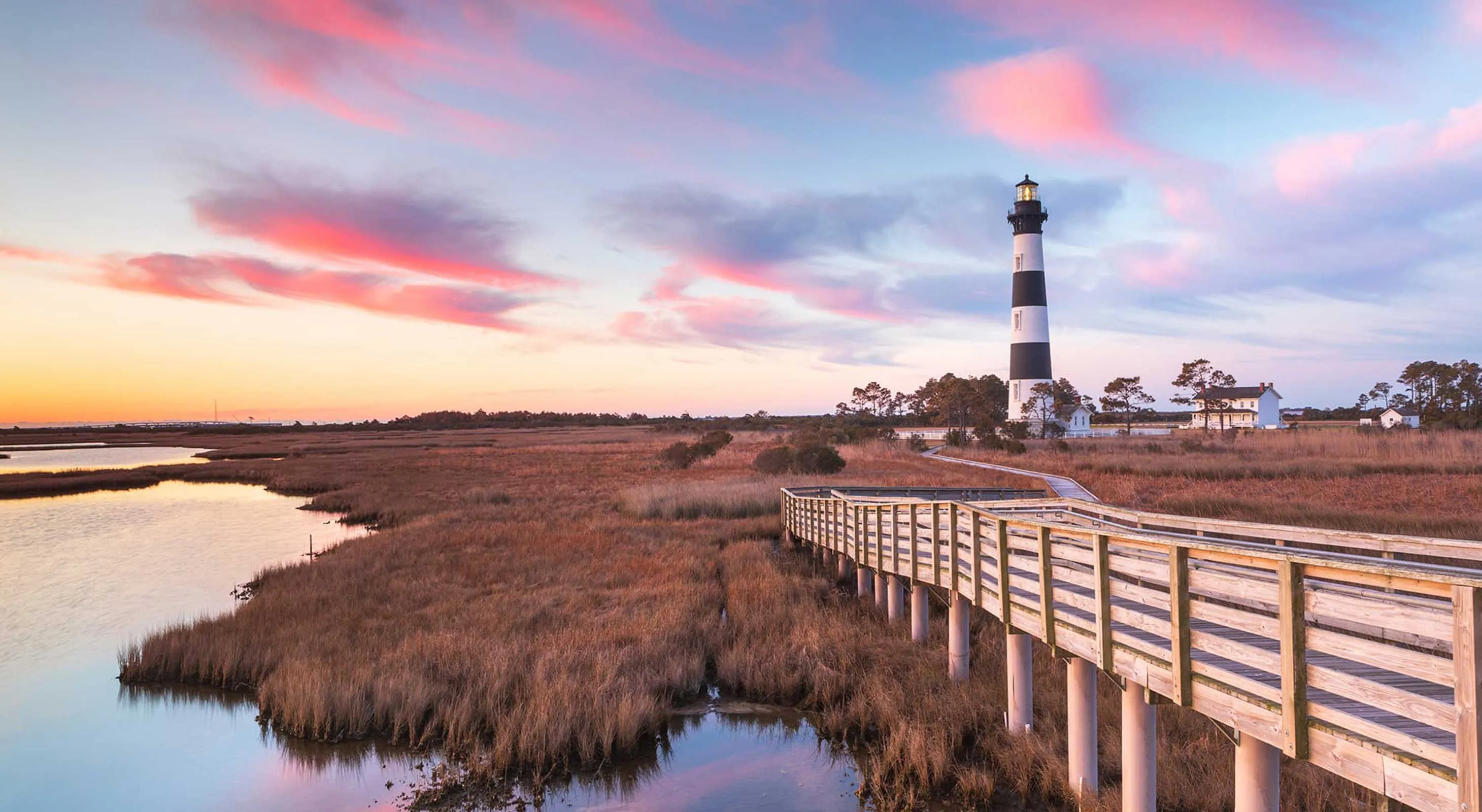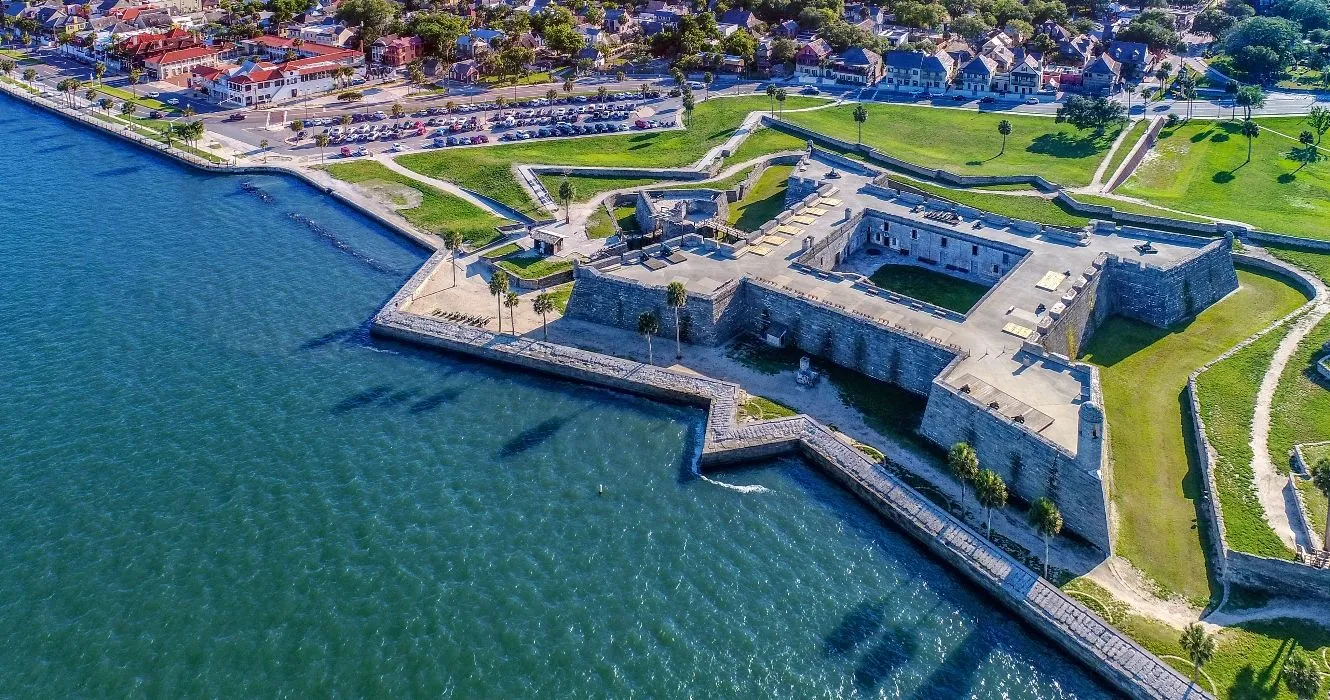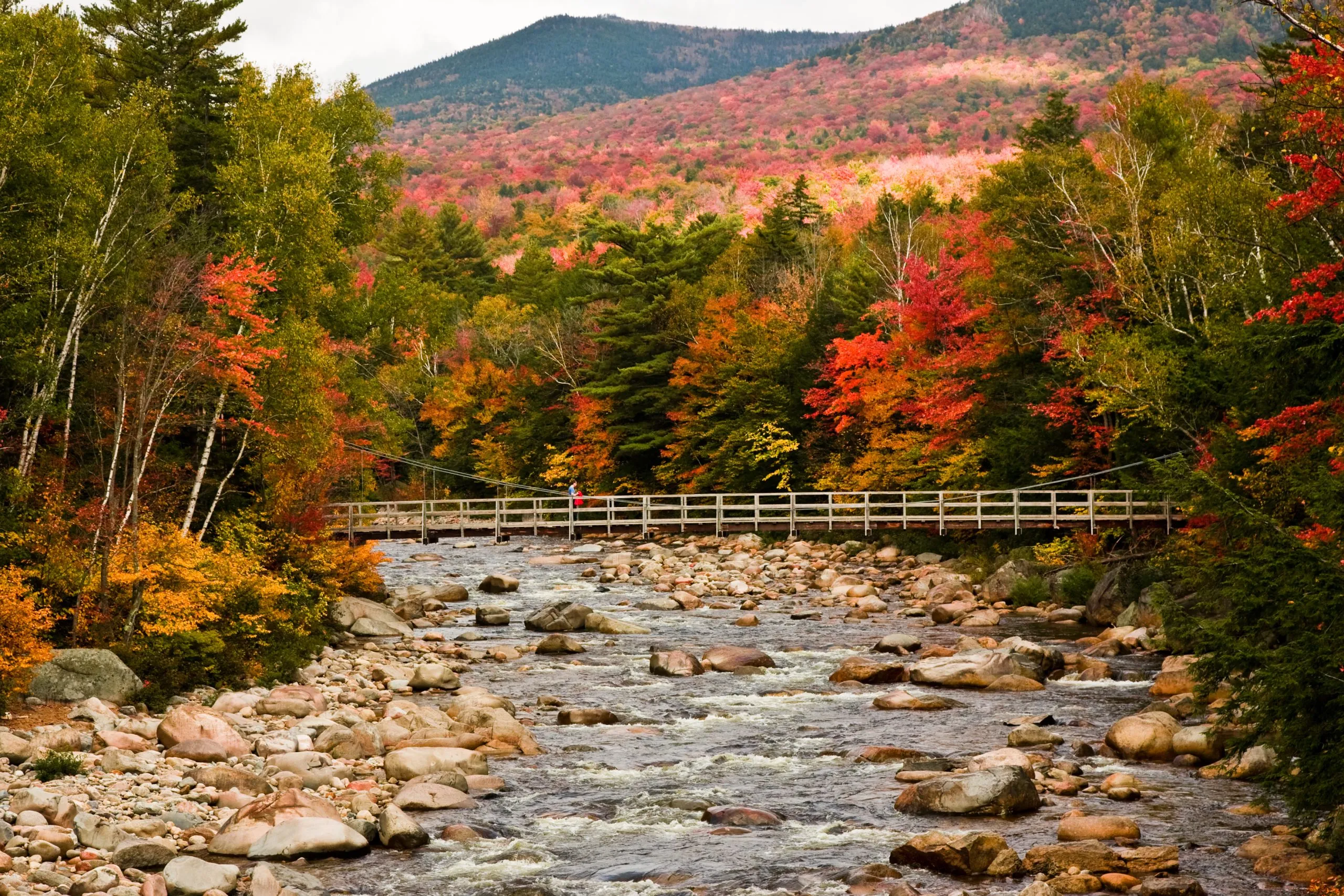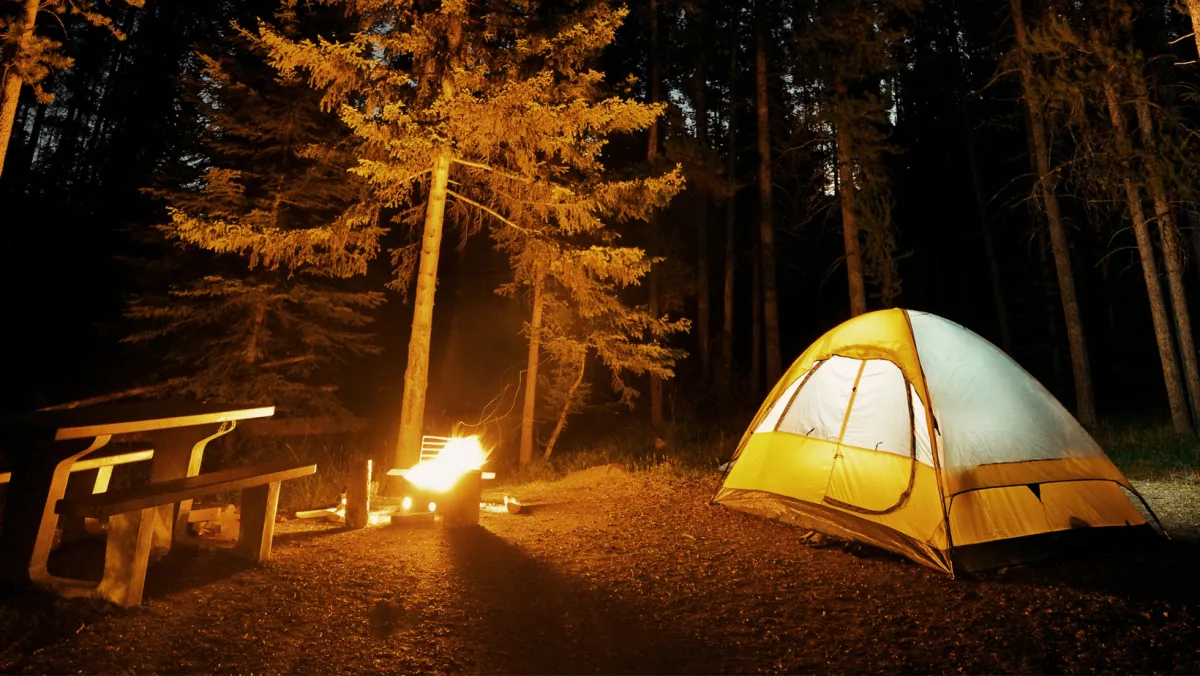Forget everything you think you know about East Coast travel because the standard interstate route misses the real magic. The Atlantic Coast Highway is not merely a single road but an epic 2,370-mile journey that transforms the monotonous I-95 corridor into an unforgettable adventure through America’s most captivating coastal landscapes. From Maine’s rugged, lighthouse-dotted shores to Key West’s laid-back island vibes, this route reveals the authentic soul of the Eastern Seaboard. You will discover quirky seaside towns, pristine wilderness, and centuries of living history that you would never experience from the interstate. This guide provides the ultimate Atlantic Coast Highway itinerary for your next major excursion, far surpassing a standard East Coast road trip.
New England’s maritime masterpiece: lighthouses & lobster rolls
New England kicks off your Atlantic Coast Highway adventure with everything you have dreamed of and more, setting a high bar for the rest of the journey. This section of the drive is not just about observing pretty postcards; it is about deeply experiencing the heart of American maritime history while savoring some of the country’s freshest seafood in an atmosphere that feels timeless. The region shines brightest during the fall months of September and October when spectacular foliage meets fewer crowds, though summer brings the warmest beach weather with temperatures averaging 75°F to 85°F. You should budget around $180 to $350 per night for downtown hotels, though charming bed-and-breakfasts often provide a more authentic experience at a slightly lower price point. The slower pace here reveals authentic coastal life that the interstate completely misses, but you must expect higher prices and heavier summer crowds, especially around popular hubs like Cape Cod where the population swells by over 200% during peak season. This leg is essentially the quintessential New England road trip.
Maine’s rugged coastal charm
Maine sets the perfect tone with Acadia National Park as its crown jewel, attracting over 4 million visitors annually. The granite cliffs, historic carriage roads, and stunning Sand Beach create those picture-perfect moments that define the Atlantic Coast Highway experience. For panoramic island views that will make your friends envious, drive to Cadillac Mountain’s summit, the highest point on the North Atlantic seaboard. Portland Head Light in Cape Elizabeth, commissioned by George Washington himself in 1791, delivers that classic experience you expect when touring East Coast lighthouses. Portland’s Old Port district serves up the state’s legendary lobster rolls. Local food critics often name Luke’s Lobster as having the best lobster roll in Portland, and their delicious fisherman’s platter confirms their reputation.
Massachusetts and the path of history
Massachusetts brings history to life with Boston’s Freedom Trail and charming Beacon Hill cobblestones. Acorn Street has rightfully earned its reputation as the most photographed street in the US. For a classic experience on East Coast beaches, the Cape Cod National Seashore protects 40 miles of pristine sandy shores like Race Point Beach. The Cape also serves as a launchpad for day trips to Nantucket and Martha’s Vineyard, each offering its own distinct personality. This segment of the Atlantic Coast Highway offers a blend of colonial history and seaside leisure that is unmatched.
Rhode Island and Connecticut luxury
Rhode Island packs serious beauty into the smallest state in the union. Newport’s 3.5-mile Cliff Walk showcases both a rugged coastline and jaw-dropping Gilded Age mansions that reveal how the wealthiest families lived at the turn of the 20th century. A tour of The Breakers provides a surreal glimpse into America’s industrial-era luxury. Connecticut wraps up the New England leg of this Atlantic Coast Highway drive with Mystic’s maritime charm. The Mystic Seaport Museum creates a living 19th-century seafaring village, complete with tall ships and active shipyards that history buffs will love.
Mid-Atlantic diversity: from the Jersey Shore to wild ponies
The Mid-Atlantic section of your Atlantic Coast Highway journey presents America’s most diverse coastal tapestry, where bustling boardwalks give way to pristine wildlife refuges and the nation’s founding stories come alive. This region is best visited in spring from April to June and fall from September to October when the weather is pleasant and crowds are thinner. Accommodation costs vary dramatically here; expect $200 to $400 nightly in major cities, but smaller coastal towns offer budget-friendly options under $100. This is the perfect segment to explore various East Coast cities that balance urban excitement with shore relaxation.
New Jersey’s boardwalks and Victorian gems
New Jersey’s shore surprises visitors with its wide range of experiences along the Atlantic Coast Highway. Atlantic City delivers world-famous boardwalk energy and casino entertainment, drawing over 27 million visitors a year, though some travelers find it overwhelming. As one visitor noted, “I was not an AC fan… We quickly left AC for Long Beach Island. This was a seashore town I could easily fall in love with.” Cape May charms with its perfectly preserved Victorian architecture, while the quirky Lucy the Elephant in Margate—a six-story pachyderm from the 1880s—provides a roadside photo op you did not know you needed.
Delaware and Maryland’s natural wonders
Virginia’s historic triangle
Virginia Beach and the Historic Triangle combine modern resort amenities with America’s founding story. Colonial Williamsburg brings the 18th century to life with costumed interpreters depicting daily colonial life. Combined with nearby Jamestown and Yorktown, this region provides an immersive dive into the nation’s origins. For craft beer lovers, the Dogfish Head Brewery in Milton adds another great stop to your list of destinations before you head further south on your coastal road trip.
Southern lowcountry magic: Spanish moss and southern charm
The Southern leg of your Atlantic Coast Highway adventure slows the pace and deepens the cultural immersion. Here, Spanish moss-draped oaks frame antebellum architecture, and the region’s unique history creates an atmosphere you will not find anywhere else. This region shines during spring from April to June with mild weather and blooming landscapes. Charleston hotels average $180 to $250 nightly, while smaller towns along the route offer significant savings. It is a vital part of any Maine to Florida road trip.
North Carolina’s Outer Banks
North Carolina’s Outer Banks provide one of the most dramatic East Coast scenic drives along the Outer Banks Scenic Byway (NC-12). This fragile barrier island chain weaves together incredible history and natural beauty. Kitty Hawk marks aviation history at the Wright Brothers National Memorial, while Cape Hatteras National Seashore protects undeveloped beaches dominated by the nation’s tallest brick lighthouse, standing at 208 feet. Remote and accessible only by ferry, Ocracoke Island feels like a different world. Local guides recommend off-season visits, noting that the ocean is still warm in the fall and the beaches are empty, making it a highlight of the Atlantic Coast Highway.
South Carolina and Georgia’s golden isles
South Carolina delivers the lowcountry’s heart and soul. While Myrtle Beach provides classic seaside fun, Charleston reveals the region’s true character. This perfectly preserved city showcases cobblestone streets, Rainbow Row’s pastel-hued homes, and Fort Sumter, where the Civil War began, offering a profound look at East Coast history. The culinary scene has earned national recognition—Poogan’s Porch serves what locals call the best chicken and waffles ever. Georgia’s Golden Isles and Savannah’s sophistication cap off the Southern experience. Savannah’s 22 historic squares and bustling River Street make it a city made for walking. Jekyll Island’s otherworldly Driftwood Beach creates one of the coast’s most photogenic landscapes.
Florida’s sun-soaked finale: historic coasts to tropical keys
Florida transforms your Atlantic Coast Highway journey into its most iconic finale, where the drive itself becomes the main attraction. This final stretch is about experiencing two of America’s most legendary coastal routes. Florida is great year-round, though winter from December to February is peak season with higher prices. Spring and fall offer the best balance of pleasant weather and reasonable costs. It is the perfect conclusion to an East Coast family trip.
The A1A scenic byway
Florida’s A1A Scenic and Historic Coastal Byway earned its All-American Road designation for its incredible oceanside views. This 72-mile stretch features untouched sand and a notable absence of high-rise developments. St. Augustine anchors the historical experience as America’s oldest city, founded in 1565. The formidable Castillo de San Marcos and pedestrian-only St. George Street provide a deep dive into Spanish colonial history. The byway also offers unique attractions like the University of Florida Sea Turtle Hospital and Washington Oaks Gardens State Park’s stunning coquina rock formations, adding to the variety of things to do East Coast travelers can enjoy.
The Overseas Highway
The Florida Keys and Overseas Highway deliver the ultimate finale to your 2,370-mile journey. This engineering marvel hops from island to island across 42 bridges, including the breathtaking Seven Mile Bridge. Key Largo’s John Pennekamp Coral Reef State Park offers fantastic snorkeling in America’s only living coral reef, rivaling the experiences found in major East Coast national parks. Finally, Key West—the southernmost city in the continental U.S.—officially marks the completion of your Atlantic Coast Highway road trip with its unique culture, historic sites, and legendary sunsets.
Planning your Atlantic Coast Highway adventure
Timing makes all the difference when planning this massive trek. Spring and fall provide the sweet spot with mild weather, fewer crowds, and stunning natural beauty. Summer is peak beach season but brings higher prices, while winter is best for the southern portions of this magnificent coastal drive.
Budgeting varies dramatically based on your travel style. Daily costs can range from $50 to $100 per person on a shoestring to a more comfortable $200 to $300 or more. Real-world budgets from experienced travelers show groceries averaging $214, gas costing around $437, and dining out totaling $215 for a 32-day trip using budget-conscious approaches. The America the Beautiful National Parks Pass at $80 pays for itself after just a few park visits along the Atlantic Coast Highway.
Vehicle preparation is key for this 2,370-mile journey. Check all fluids, inspect your tires including the spare, test the brakes, and ensure all lights are working. Pack an emergency kit with jumper cables, a flashlight, and first-aid supplies. The climate span requires layered clothing to adapt to different conditions. The Atlantic Coast Highway rewards travelers who embrace discovery over speed. Unlike the interstate, this route reveals authentic American coastal culture, transforming a simple East Coast vacation into an unforgettable adventure.
